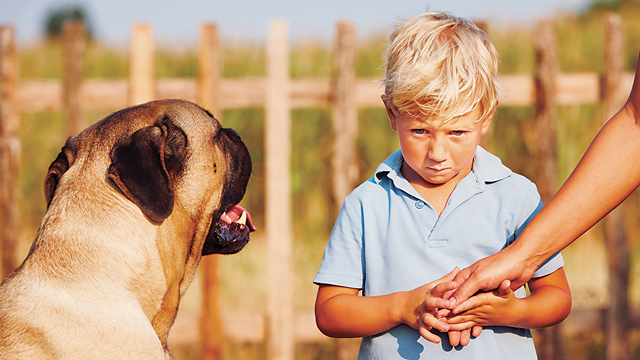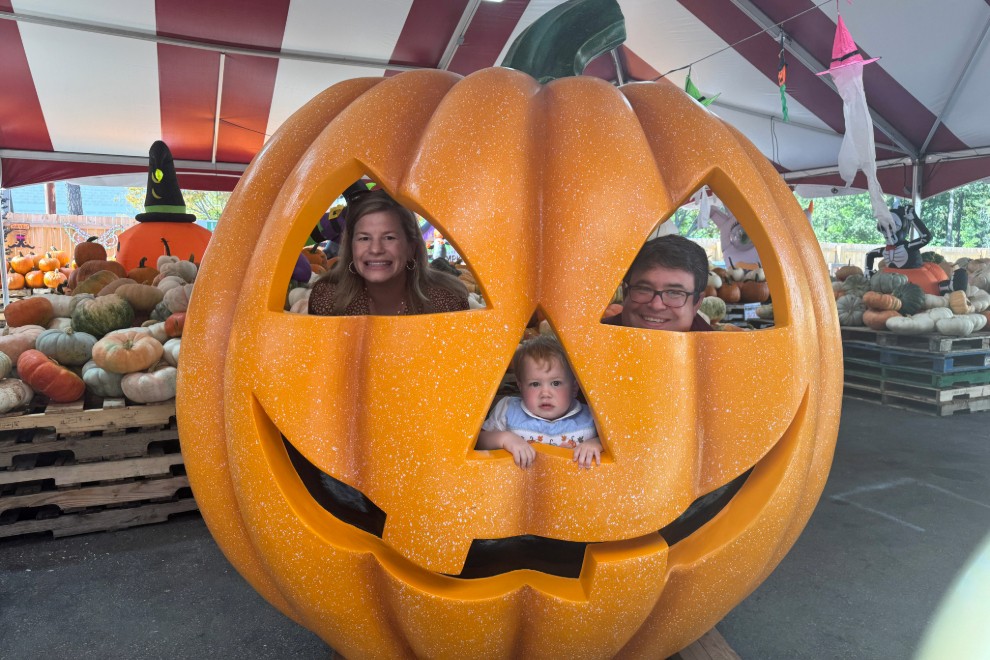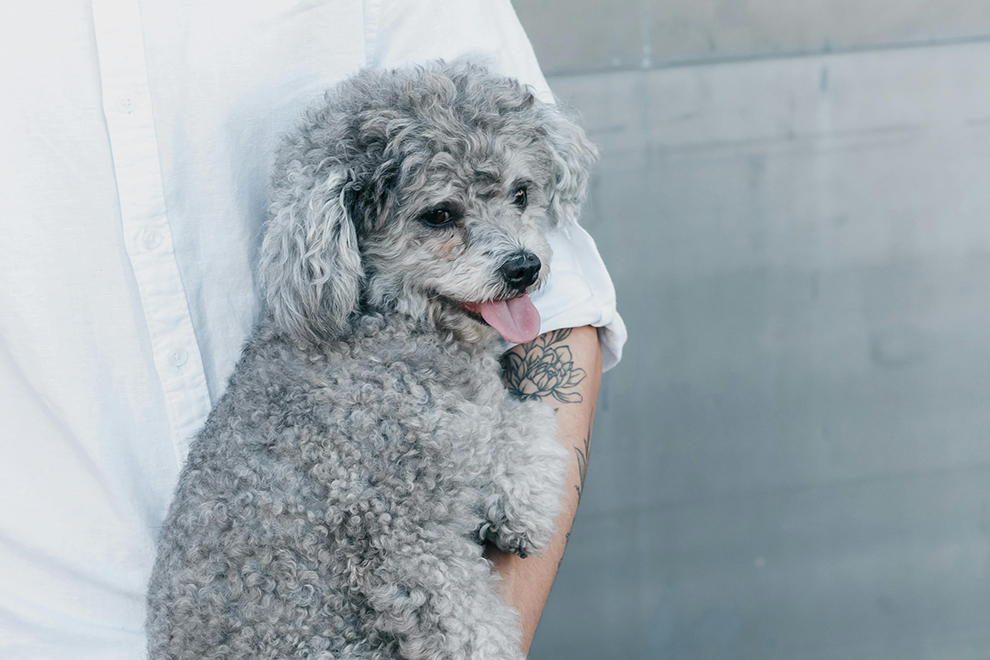Her name was Molly Phyllis, and she was solely responsible for getting our family over our bigotry. My husband and I fostered dogs and with two small children, we steadfastly refused to allow pit bulls in our home. But when we met Molly Phyllis, all that changed. She was a pit bull and had been used as a bait dog. Pieces of her ears were missing, she had scars all over her body, and her teeth had been filed down. In spite of the horrific things humans had done to her, her whole body wagged when she saw people.
Surely there was a lesson here for my children – and for us: forgiveness, unconditional love, and not judging a book by its cover. As we marched foster dog after foster dog into our home (and we estimate we have had close to 300 through the years), we have learned a thing or two about how to keep everyone safe while encouraging our children to explore and love. Whether you own a dog or not, the likelihood of interacting with a dog increases in the summer months. These strategies are important:
Always ask. This is basic, but often ignored. Children see a cute, adorable, little dog and run right up to him and touch. Everyone should ask the owner if it is okay to pet a dog, and listen to what the owner says. No means no.
You smell. Dogs have a very keen sense of smell. Yet people continue to stick their hand under the dog’s nose, which coincidentally is close to the dog’s mouth, so he can smell you. The dog can smell you just fine, thank you, and your hand can become a bite target.
Introductions are everything. When in doubt, stand quietly and pat your leg. Call the dog. If he wants to meet you, he will come to you. Dogs that back up or show no interest are trying to tell you that there is no interest in meeting you. Calm voice and manner are always important.
Don’t mess with the hair. Most people would not like to be greeted by someone rubbing their hands through their hair and touching their ears. People consider this intimate. So do dogs. Approaching a dog from the side, not head on, is your best bet. The side should also be the first place you touch the dog. Under no circumstances should you encourage your children to hug and kiss a dog you do not know extremely well.
Be a tree. Children should understand that if they encounter a dog off a leash and without an owner, running from the dog is not the thing to do. Instead, stand very still, like a tree, and don’t look the dog in the eye. If you run, you can be viewed as prey. Or the dog might see this as a game, chasing the child much like he would a bouncing ball. Stray or loose dogs must be approached with caution. The dog may not be friendly, could be hurt, or might be scared. If you run, it’s more than likely you will be chased.
Be a turtle. If all else fails, children should be instructed to get down on their hands and knees, and form a ball, the closer to the ground, the better. Protect their head with their arms. This shields most of the body and provides tougher areas should there be a bite.
Supervise. Even the most passive dog can become aggressive when an exploring toddler jabs him with a toy while he is blissfully sleeping. Dogs and children can get into trouble very quickly. All dogs are capable of biting. So, if your child is with the dog, you should be there watching. Which leads to the next tip.
Designate a safe place. Go back to high school and hear the words in your head: Fight or flight instinct. Dogs will have two reactions to threats. Run away (flight) or stand their ground (fight), neither of which is good with a child involved. By knowing this, and setting up an area that belongs to the dog (such as a crate), you have somewhere to place the dog when you can’t supervise. It also gives the dog a place he knows is his, and where he can find some peace and quiet. Teach your children to respect the dog’s space. It is just
like his bedroom.
Kids and dogs are similar. If you tell your child he will get a timeout if he pulls the dog’s ear, you need to follow through. If you are teaching your dog to sit before he gets love and affection (rather than jumping), you better follow through. Yes, there are parallels in owning a dog and being a parent. Both thrive on consistency. And if you don’t follow through, the kids and the dogs will take advantage of you and not listen.
Set up your rules. Don’t assume that the kids know proper behavior with a dog. Let them know there is no hitting or teasing. Spell out what the consequence will be if these rules are broken. Let your dog know what is expected of him if the children misbehave and he responds
inappropriately, such as going to his crate. We all know it will happen. If you are present and supervising, you can intervene and everyone can learn something.
Set up your kids to succeed in their relationships with dogs. The rewards and companionship they receive is worth the work. You will have done your best to prevent the preventable.





